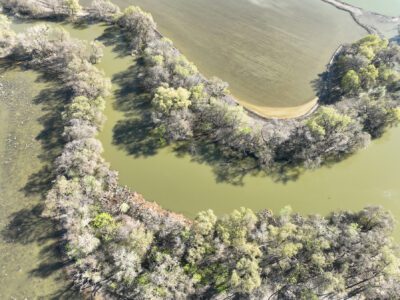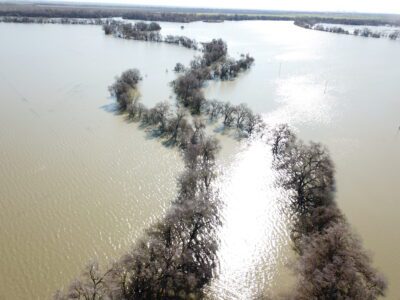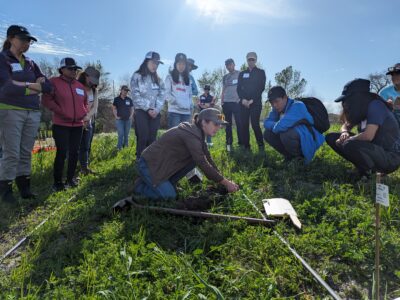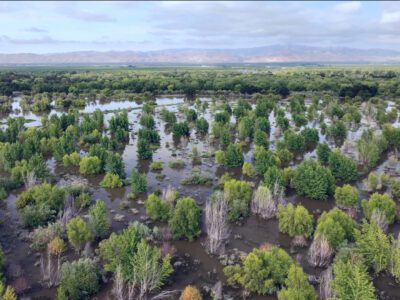While we maintain our social distance, many of us are still finding ways to safely get outside. It is human instinct to seek solace in nature. Now, access to green space can now be shown to have concrete mental health benefits. New research from scientists in Denmark used robust longitudinal data since 1985 to determine that access to nature is associated with up to a 55% lower risk of mental health disorders, alcoholism, and substance abuse in adulthood.
Scientists say this is the largest ever study of the connection between green spaces and mental health. I think we all instinctively feel that proximity to green places is calming and good, and I would love to see similar studies conducted in the U.S. But we don’t need new data to act on our intuition.
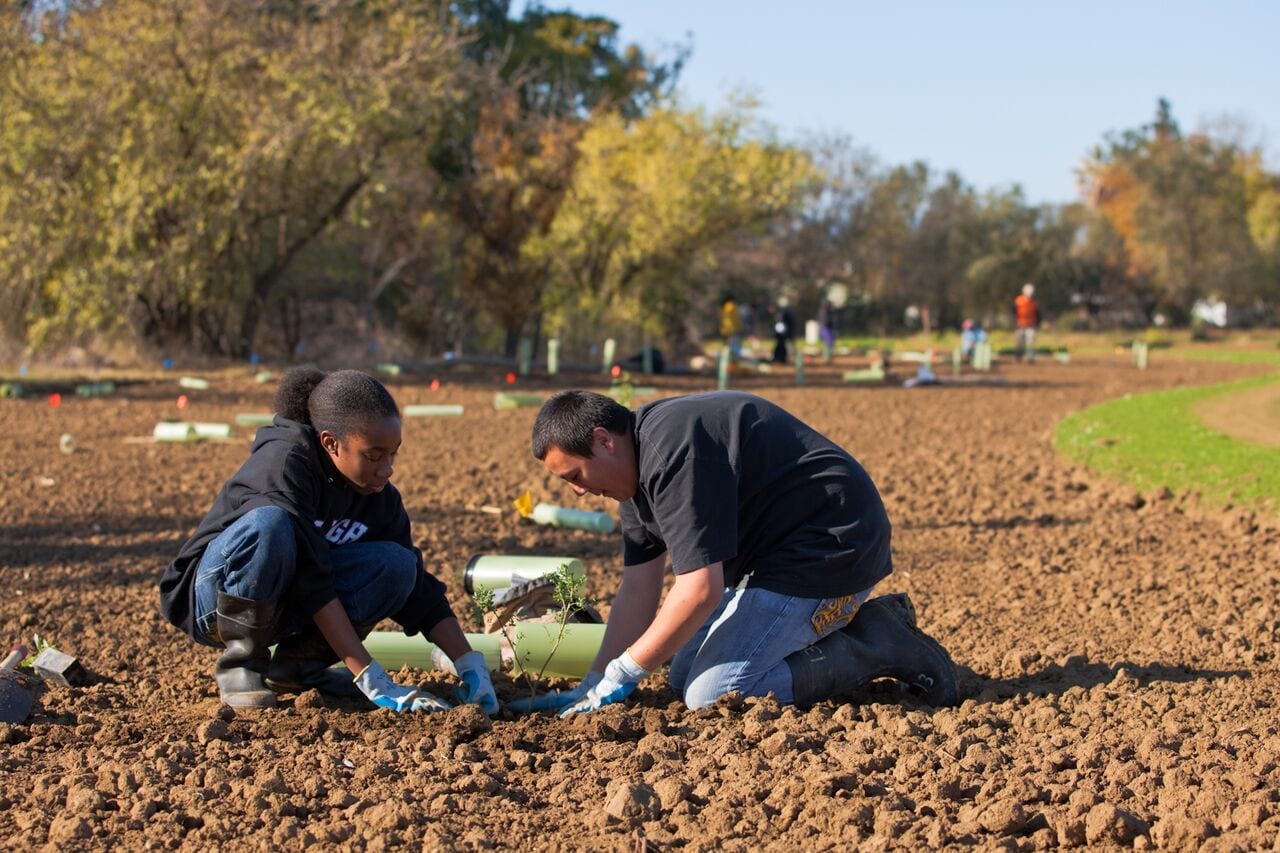
On February 27, River Partners’ board of directors held our three-year strategic planning retreat to set ambitious targets for increasing the pace and scale of river restoration. We started by sharing recollections of our “natal streams” – the waterways we grew up on and around. We heard stories from Rio Hondo and the San Gabriel, the Susquehanna, the San Joaquin, and the Nile. Not surprisingly, the leaders of this organization are inspired by formative experiences growing up around water and our natural world.
We decided that day to aim our sights at empowering 30 new communities to form deeper connections to their riverways in the next three years. Less than one week later, our world turned upside down with Covid-19 cases rising steeply and our Governor’s executive order to quarantine.
I can’t imagine a more important objective for River Partners than creating new access to the natural world for the neediest communities, while providing new jobs to recover from this economic catastrophe. These connections will have public health and community benefits that we are only starting to understand.
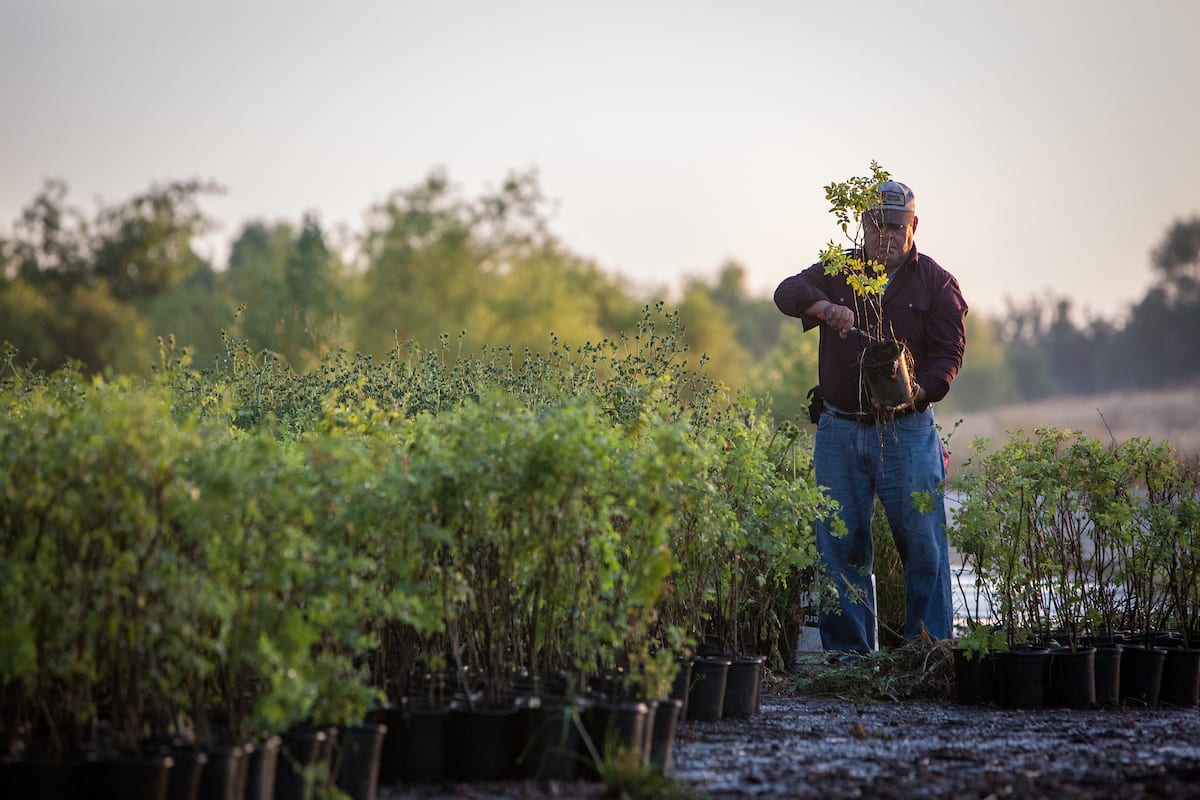
HOW we stimulate re-growth will be important. Let’s get to work!
It’s inevitable that we all think back to 2008 when we consider what coronavirus will mean for businesses and workers, and what government can do to help. My optimistic nature and my personal recollection of the events around the 2008 recession point squarely at STIMULUS. What can I do to make new jobs for workers who have lost theirs?
The answer is clear: River Partners can do a lot. We can’t re-tool our business to make ventilators and masks, but we are the largest habitat restoration operation in the Western US. If the government wants to put people back to work in virus-safe places soon, River Partners is a ready partner.
In the Central Valley, which has California’s lowest per capita access to green space, our virus-safe jobs restore riverways and build resilience to climate change. The impact of our projects to-date includes:
- Sequestering the carbon equivalent of 124,000 cars annually;
- Strengthening the flood protection system to safely convey floodwaters past more than six million residents;
- Retiring freshwater consumption equivalent to annual water use for a city of 250,000 people;
- Connecting over 100 miles of migration corridors for wildlife on the brink of extinction.
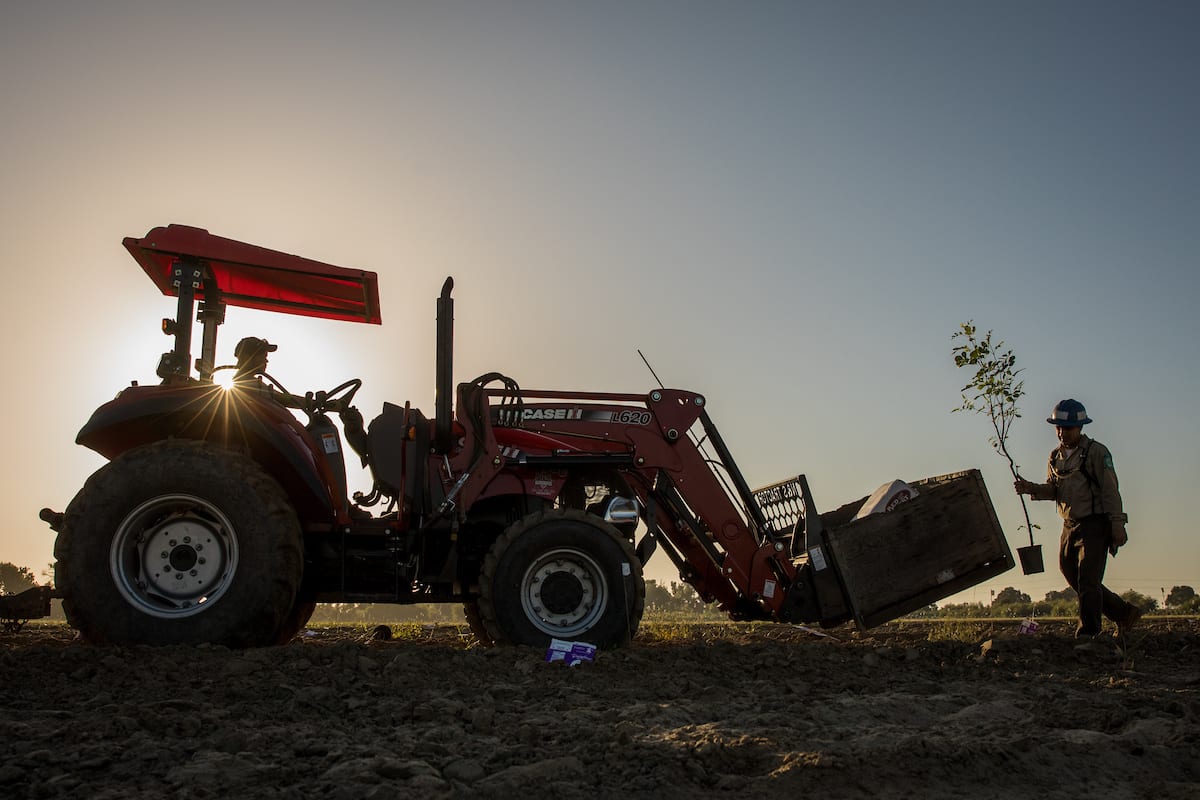
How much work is needed to give new life to our rivers? The answer may surprise you. In watersheds that drain to the Pacific Ocean, river restoration needed to support wildlife recovery and build resilient water and flood management infrastructure exceeds 100,000 acres and 600 river miles. These numbers are supported by dozens of multi-agency and partnership-based scientific analyses, and they will likely grow along with our understanding of climate change hydrology.
If we focus only on California’s Central Valley riverways, those numbers are still enormous: bird conservation goals alone call for 32,000 acres of riparian reforestation, and needed salmon rearing habitat goals bring that number closer to 60,000 acres along 280 river miles, or about 15% of historic acreages. In our organization’s 21-year history, we have delivered 13,500 acres over 90 river miles and have become the largest private employer of CCC and Regional Conservation Corps crews.
We’re ready to scale up. Most importantly, we have only about ten years to deliver. If we don’t make considerable progress by 2030, endangered species may disappear, and we could lose the genetic information needed to sustain California’s freshwater ecosystems.
Imagine an economic recovery program that also boosts our resilience to climate change and invests in a future that is safer, healthier and more equitable. With deliberate investment in multi-benefit river restoration, the recovery from this recession could benefit our ecology, our climate resilience, our economy, and future generations’ physical and mental health. If you’re looking for “shovel-ready” investments, I’ve got the list.
Let’s get to work!

